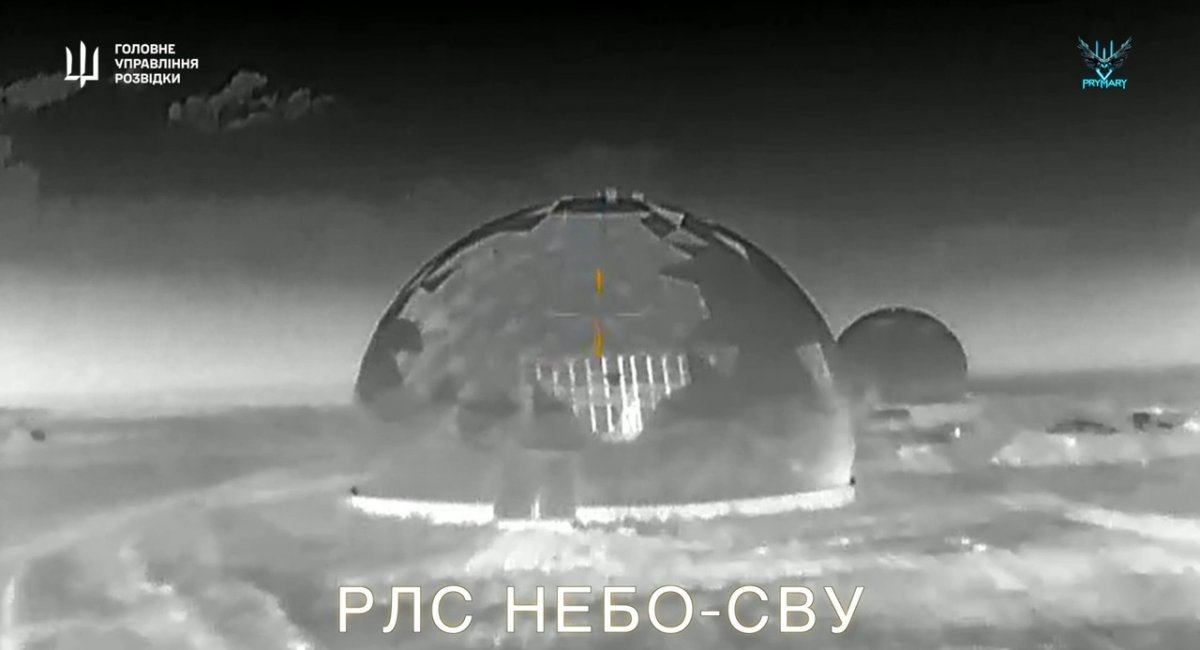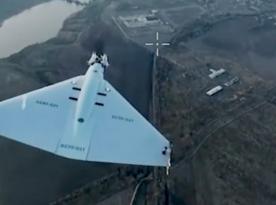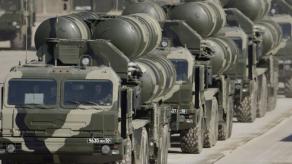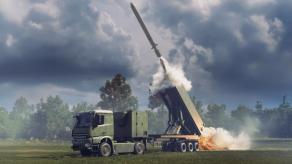The Defense Intelligence of Ukraine has published a new video showing a compilation of drone strikes on targets in the temporarily occupied Crimea. In particular, the Nebo-SVU, the Podlet 1K, the 98L6 radar from the S-500 system, and the BK-16 landing craft of project 02510 were hit.
It can be seen that all radars except for the 98L6 Yenisei were located in special radio-transparent domes, although previously it was the opposite. It seems that russians tried to protect them from drones, but it did not help.
Read more: Ukraine is Developing Missiles with 100 km and 300+ km Range as Alternative to UAVs
Updated on Aug. 9: according to clarified information from DIU, the Ukrainian drones struck not the 96L6E radar but the 98L6 Yenisei — one of the most advanced and expensive radar systems in russia integrated into the latest S-500 Prometheus SAM.
This is not the first such attack. Previous attacks have helped identify the types of UAVs capable of freely flying over Crimea and striking russian equipment. In particular, these include the RUBAKA kamikaze drone and the UJ-26 Bober, which joined the campaign only recently.
They are equipped with satellite communication antennas and cameras, enabling them to fly hundreds of kilometers while maintaining a stable connection and striking targets with precision. For this purpose, the RUBAKA is equipped with a warhead weighing between 5 and 12 kg, while the UJ-26 Bober weighs about 20 kg.
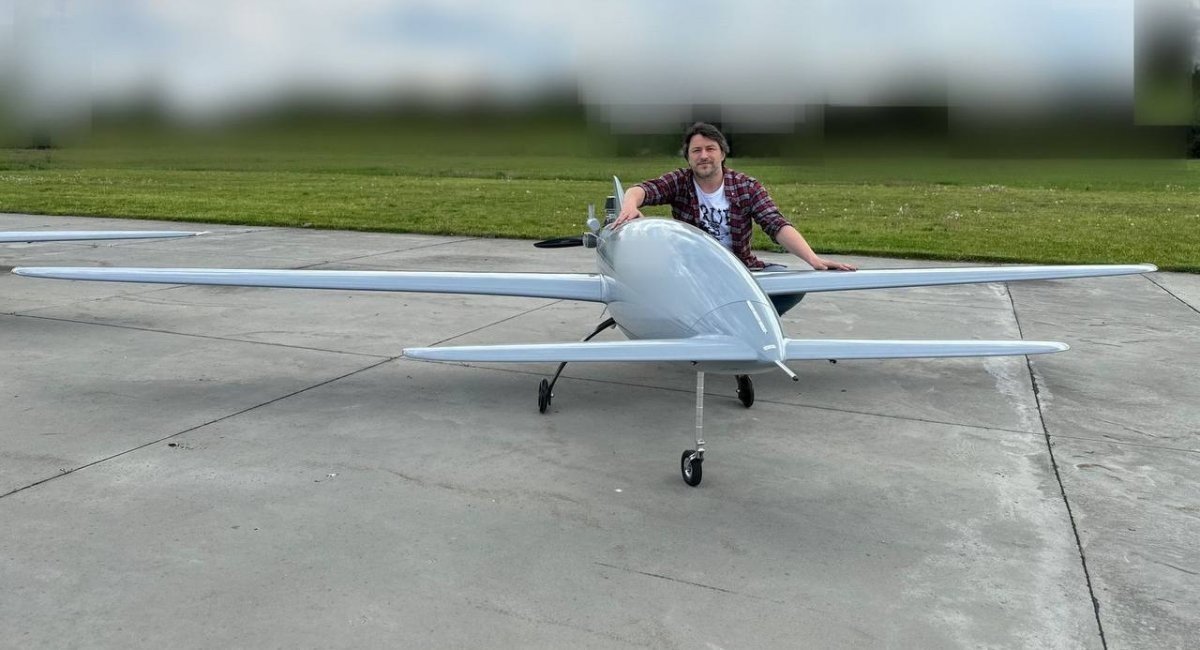
They are quite small in size, which makes them difficult to hit. This was noticeable in previous videos from DIU, but in the latest one, it is clearer than ever. At the beginning of the video, the drone survives five missile launches from the Pantsir-S1 air defense system and keeps moving toward its target.
In addition, another drone attempted to strike a russian Su-30SM fighter jet. It likely used an R-73 air-to-air missile for this purpose, but the drone appears to have successfully evaded it. In another footage, the drone appears to have attempted to strike the aircraft.

However, it should be noted that this is nearly impossible and could only have occurred if the Su-30SM had continued flying directly toward the drone and collided with it. Therefore, it is unlikely the operator intended this outcome and was more likely simply monitoring the situation.
While the drone was able to evade and observe the fighter jet, it is somewhat unfortunate that it had no means of responding — only the choice to continue tracking its target or attempt a collision, both with high risk of being shot down.
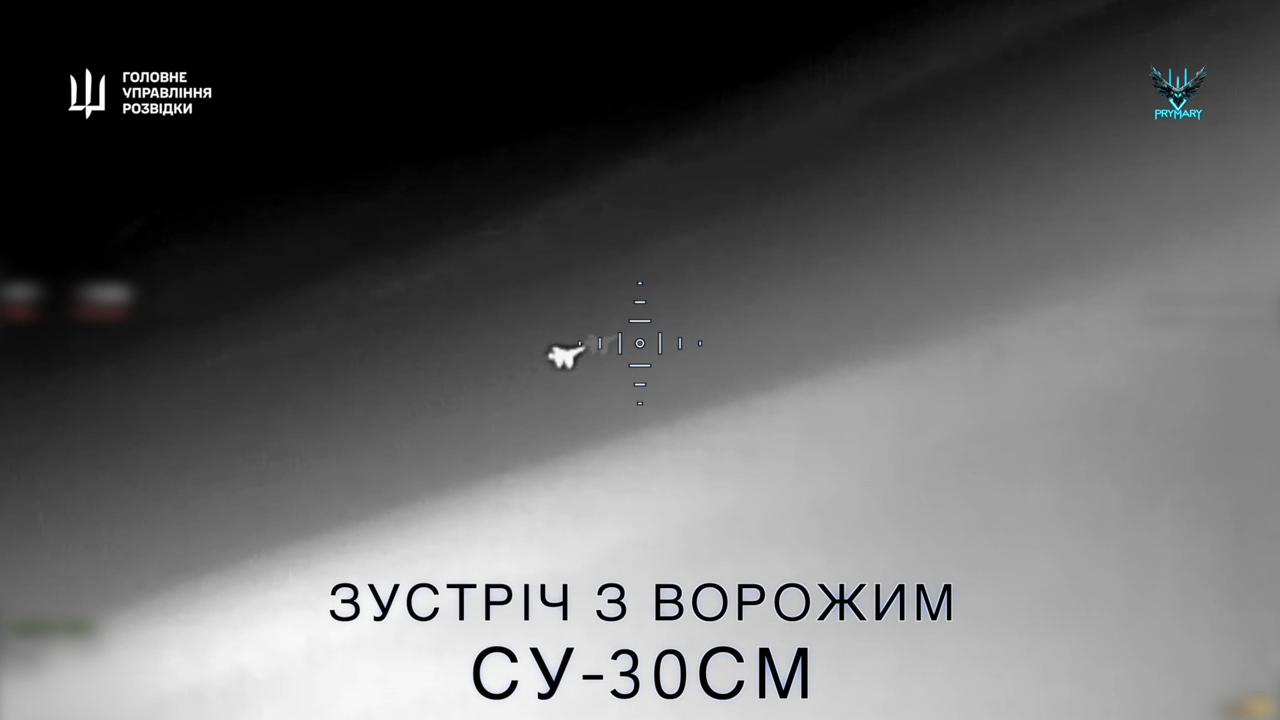
There is room for speculation as to how such a drone could eventually be equipped with weapons. Perhaps the only viable option would be to equip it with a MANPADS, such as the Igla. Theoretically, this would be possible if the drone's warhead were removed and it were converted into an anti-aircraft support platform.
The Igla MANPADS weighs about 11 kilograms and is one and a half meters long. The only option for mounting the MANPADS is to suspend it under the hull. As for guidance, it's worth noting that the 28th Mechanized Brigade recently built its own UGV equipped with an Igla MANPADS, and the guidance system took up very little space.
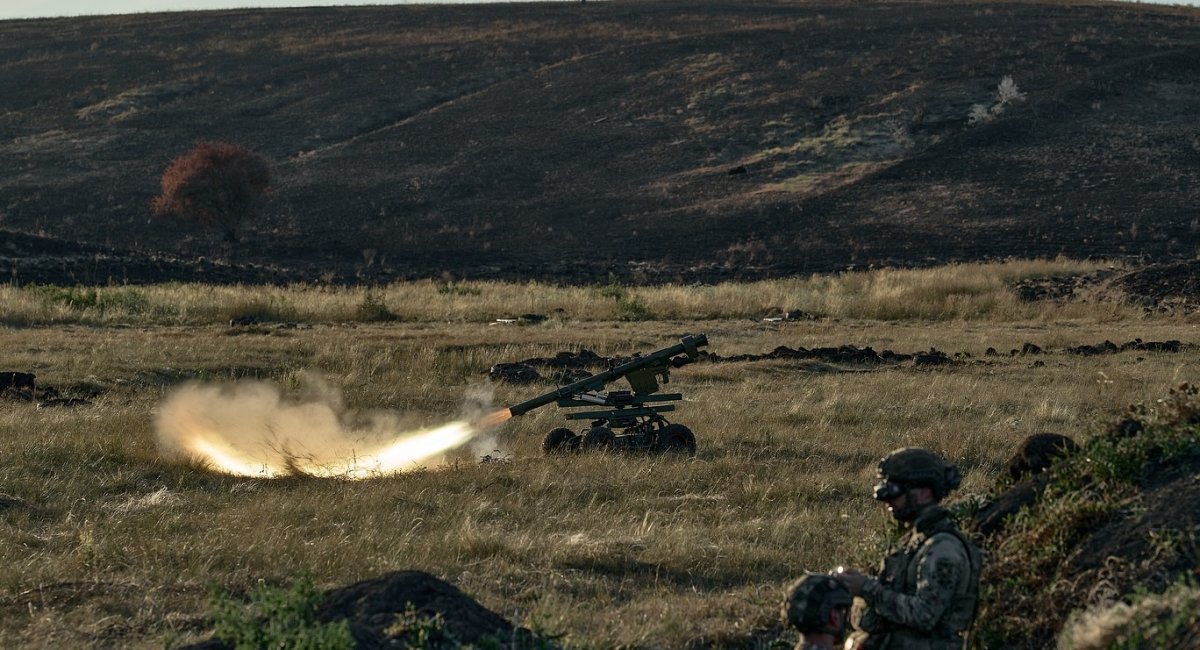
However, it should be emphasized that this is only an assumption based on the experience with naval drones, which followed a similar path in attempting to counter the Su-30SM. In reality, it's unlikely that such a solution could be implemented on an aerial drone of this size.
Read more: Shahed Launch Site Under Attack: Satellite Imagery Confirms russian Losses at Primorsko-Akhtarsk Airfield




